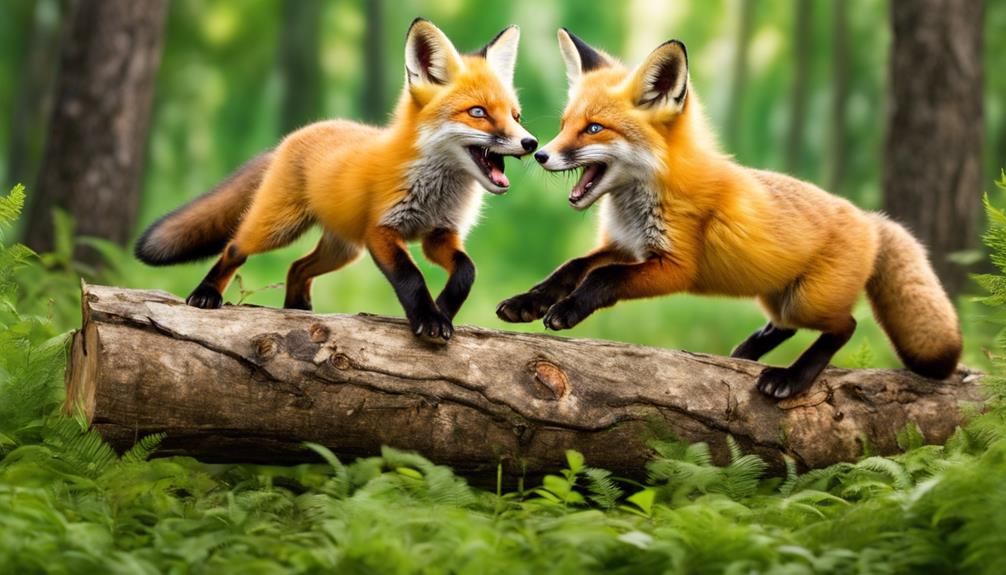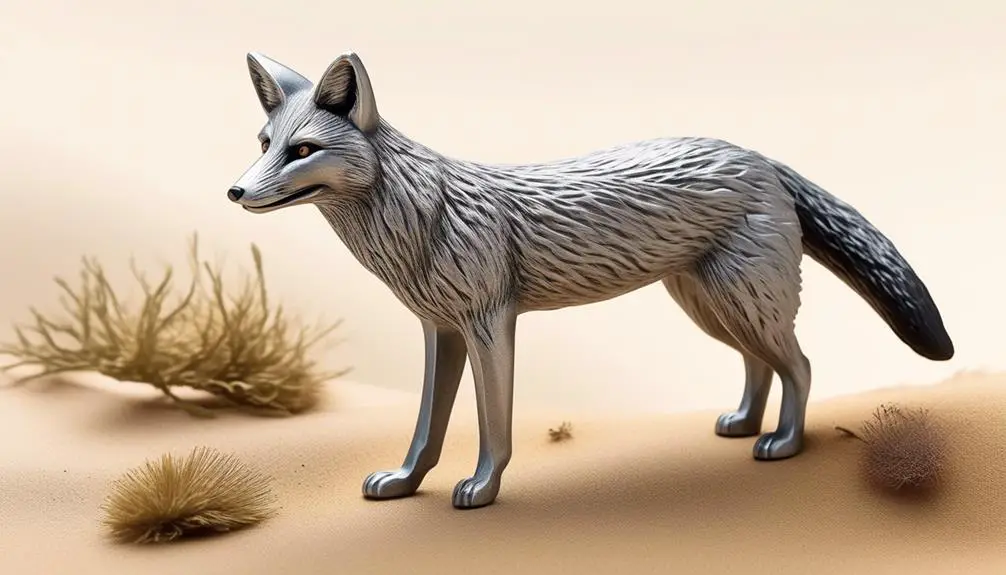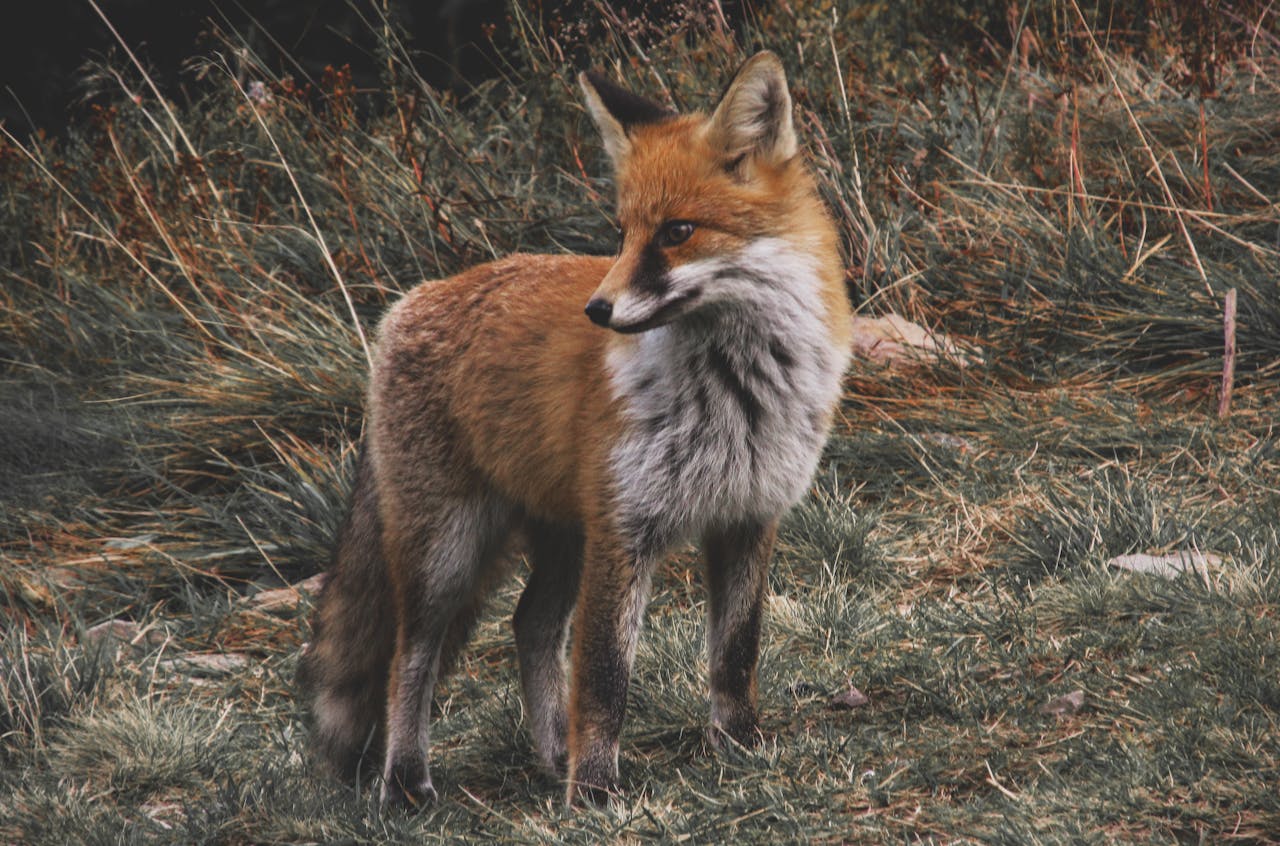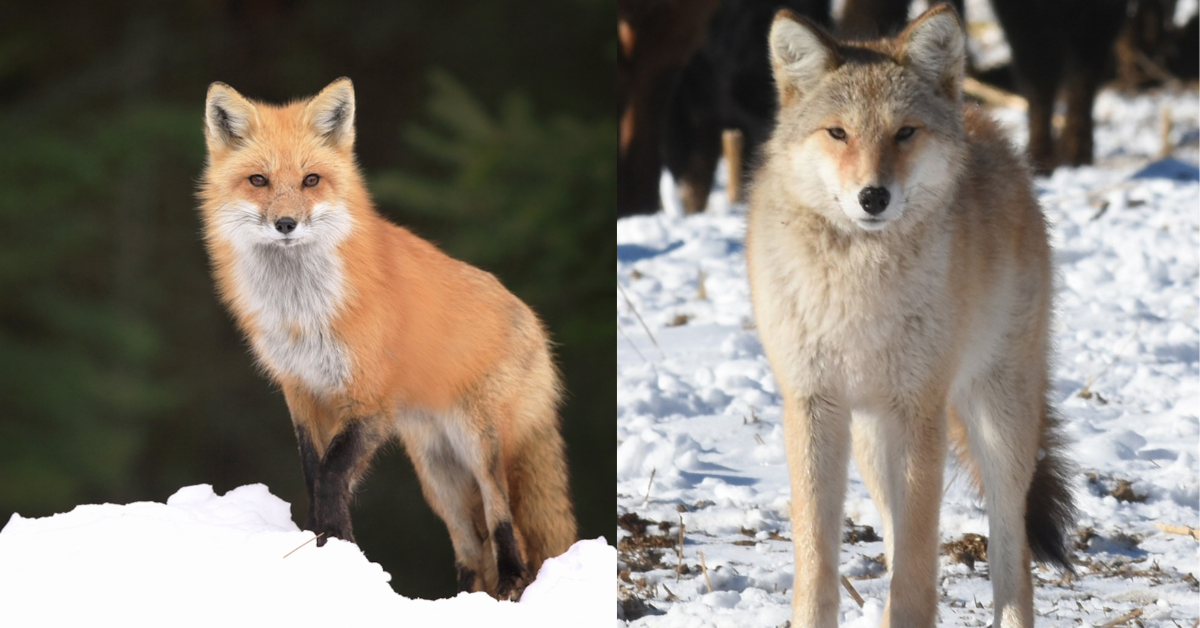
Keen to meet the cutest foxes ever? Prepare to be captivated by their charm and discover what makes them truly irresistible.

Keen to meet the cutest foxes ever? Prepare to be captivated by their charm and discover what makes them truly irresistible.

Introduction to Canadian Marble Fox The Canadian Marble Fox, also known as the Arctic Marble Fox or the Glacier Fox, is a subspecies of the Red Fox ( Vulpes vulpes ) that is native to the arctic regions of Canada. It is characterized by its distinctive fur coloration, which features a mixture of black, white, and gray markings that resemble marble.

Are you curious about the fascinating world of gray foxes and coyotes? Picture this: you’re walking through a serene forest, and suddenly you come across an animal with silver fur and black stripes darting through the underbrush. Is it a gray fox or a coyote? Understanding the key differences between these two creatures will not only satisfy your curiosity but also give you a deeper appreciation for the diverse wildlife that inhabits our planet.

Have you ever wondered what happens when a badger and a fox cross paths in the wild? Picture this: a moonlit night in the countryside, where the clash of mustelid titans takes place. In this intriguing battle for survival and dominance, these nocturnal creatures engage in a constant power struggle. But what exactly drives their rivalry? What tactics do they employ in their encounters?
Are you curious about the differences between coyotes, wolves, and foxes? You’ll be amazed by the unique characteristics that set these fascinating creatures apart. In this article, we’ll explore their taxonomy, genetics, size, appearance, behavior, habitat, and more. By understanding these differences, you’ll gain a deeper appreciation for the vital roles each species plays in the ecosystem.

Curious about the differences and similarities between foxes and wolves? You’ll be amazed by the distinct characteristics of these two species. While wolves are big and strong, foxes are cunning and agile. Wolves have larger size and different fur colors compared to foxes. They also have different behaviors and habitats, with foxes being solitary hunters and wolves living in packs.

This article explores the distinct differences in denning habits between coyotes and foxes, shedding light on their behaviors and adaptations. By examining key factors such as location preferences, depth variations, entrance sizes, number of entrances, tunnel lengths, chamber sizes, number of chambers, number of dens, and orientation patterns, readers will gain a comprehensive understanding of these two species’ unique denning habits.

Foxes and coyotes are both members of the Canidae family, which also includes wolves and domestic dogs. They are two of the most common wild canids found in North America. Foxes and coyotes are both known for their cunning and adaptability, and they are able to thrive in a variety of habitats, from forests to grasslands to urban areas.